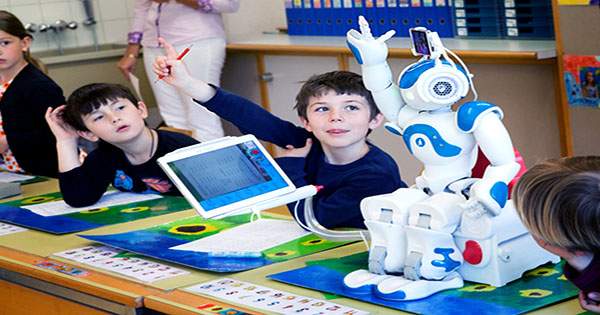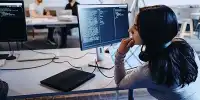When you are conditioned to get from point A to point B, politeness does not mean anything. However, if robots are to play a larger part in human society, concerns about how they would interact with the rest of humanity arise.
“Robots will soon be living in our environment, and they must learn how to connect with humans on human terms,” stated MIT CSAIL research scientist Boris Katz in a statement released in conjunction with a new study article.
“They need to know when it’s time to help and when it’s time to see what they can do to prevent anything from happening,” says the author.
“The first very serious attempt to grasp what it means for people and machines to engage socially,” the team said of the article. Although the truth of such a claim may questioned, the challenge it is seeking to answer at such a young level is undoubtedly one that roboticists will increasingly examine as robots begin to play a larger role in human lives.
Researchers carried out testing in a virtual environment in order to achieve “realistic and predictable” robot interactions. In the simulation, one robot observes another execute a task, tries to figure out what the goal is, and then assists or hinders the other in completing the job.
In a release, fellow project head Ravi Tejwani remarked, “We have established a new mathematical framework for how you simulate social interaction between two agents.” “If you are a robot and want to get to site X, and I are another robot and observe that you are attempting to go to location X, I can help you get there faster by assisting you.”
That may mean bringing X closer to you, finding a better X, or doing whatever action was necessary at X. We explain the ‘what’ in terms of what social interactions signify mathematically in our formulation, which helps them plan to uncover the ‘how.'”
Currently, the model is a simple two-dimensional simulation. The team is working on a 3D version, as well as incorporating a neural network-based robot planner to help the robots learn faster from their activities.















